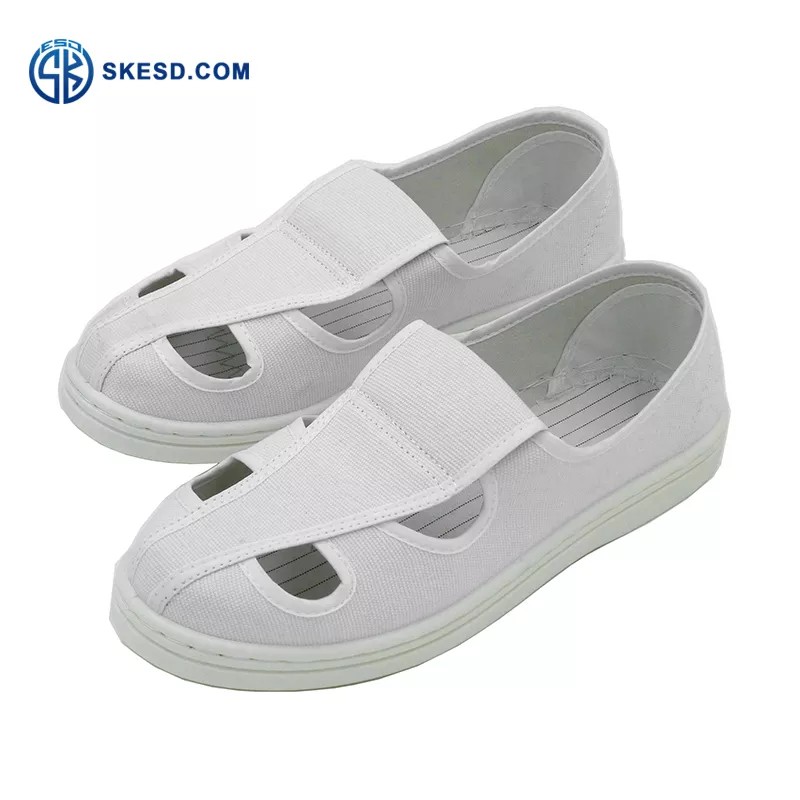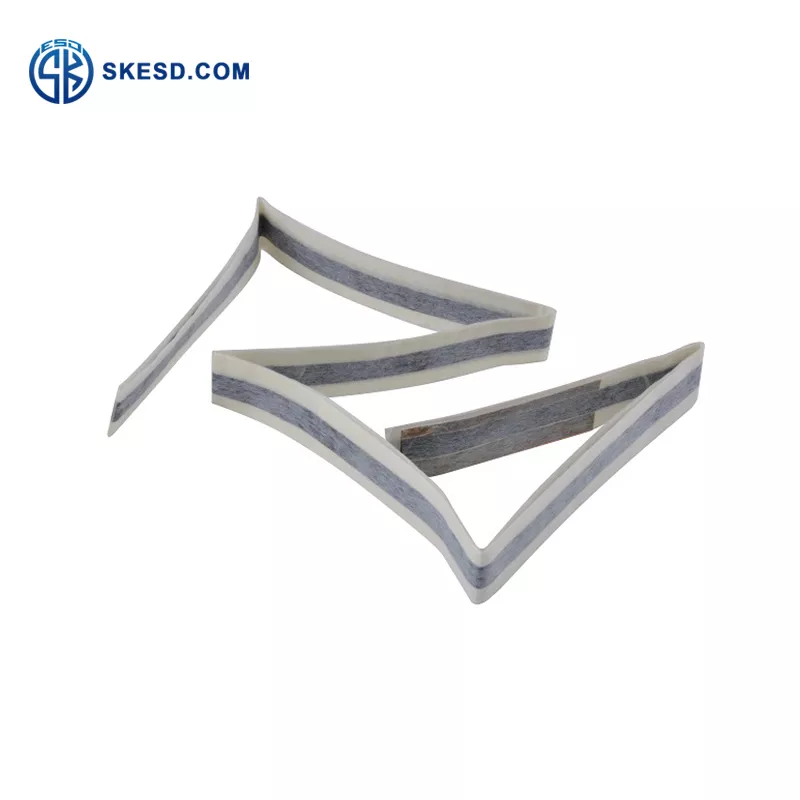In industries where electrostatic discharge poses a risk to sensitive electronic components and personnel safety, ESD shoes play a vital role in mitigating potential damage. This article explores the features, benefits, and importance of ESD shoes in ensuring safety in electrostatic discharge environments.

What are ESD Shoes?
ESD shoes are specially designed footwear that helps dissipate static electricity buildup and reduce the risk of ESD. They are commonly used in industries where static discharge can cause damage to electronic equipment, such as manufacturing, electronics, aerospace, and pharmaceuticals. ESD shoes are equipped with conductive or dissipative materials to channel the static electricity away from the body.
How do ESD Safety Shoes Work?
ESD safety shoes function by providing a path of least resistance for static electricity to flow through. The conductive or dissipative materials used in their construction allow the charge to be safely discharged into the ground. By preventing the accumulation of static electricity, ESD shoes protect both the wearer and sensitive electronic components.
ESD shoes are just one of the basic pieces of equipment that employees should use when they need to move. In industries where electrostatic discharge poses a risk to the safety of sensitive electronic components and personnel, it is also required to be used in conjunction with other anti-static equipment. Other necessary equipment includes esd clothing, esd gloves, wrist straps, and esd mats and floors.
Benefits of Wearing ESD Shoes
Wearing ESD-safe shoes offers several benefits in environments prone to electrostatic discharge:
- Enhanced Safety: esd footwear protect individuals from potential electrostatic shocks, reducing the risk of injury.
- Damage Prevention: ESD-safe footwear prevent electrostatic discharge from damaging sensitive electronic equipment and components, minimizing costly repairs and replacements.
- Compliance with Industry Standards: Many industries, such as electronics manufacturing and assembly, require employees to wear ESD shoes to meet safety regulations and standards.
- Improved Productivity: By wearing ESD-safe shoes, workers can focus on their tasks without worrying about static buildup or potential damage to equipment.
- Long-Term Cost Savings: Investing in ESD Safety Shoes can lead to significant cost savings by reducing the risk of equipment damage and associated downtime.
Industries that Require ESD-safe footwear
ESD-safe shoes are essential in a variety of industries that deal with electrostatic discharge. Some notable sectors include:
- Electronics Manufacturing and Assembly: electrostatic dissipative shoes are a must-have in facilities where electronic components are manufactured, assembled, or repaired.
- Aerospace and Defense: These industries rely on highly sensitive electronic systems, making ESD protection crucial in their manufacturing and maintenance processes.
- Pharmaceuticals: Esd footwear are necessary in pharmaceutical manufacturing to prevent electrostatic discharge from affecting the quality and integrity of medications.
- Automotive: Car manufacturers and assembly plants utilize ESD Safety Shoesto protect delicate electronic components found in modern vehicles.
Choosing the Right ESD-safe Shoes
When selecting ESD-safe shoes, it is important to consider the following factors:
- Electrical Resistance: Look for shoes with appropriate electrical resistance values, ensuring effective static dissipation.
- Comfort and Fit: Opt for ESD safety shoes that provide comfort and a proper fit, as employees will be wearing them for extended periods.
- Durability: Choose shoes made from durable materials that can withstand the demands of the work environment.
- Compliance with Standards: Ensure that the selected esd footwear comply with industry standards, certifications, and regulations.
Proper Maintenance of ESD Footware
To maximize the effectiveness of ESD footware, it is important to follow proper maintenance practices:
- Regular Cleaning: Clean ESD shoes using appropriate cleaning methods and solutions to remove any dirt, dust, or contaminants that can hinder their conductivity.
- Inspections: Conduct routine inspections to check for any damages or wear and tear. Replace worn-out or damaged shoes promptly.
- Storage: Store ESD-safe shoes in a clean and dry environment when not in use to maintain their effectiveness.
- ESD Testing: Periodically test the electrical resistance of ESD safety footware to ensure they are still within acceptable limits.
ESD Shoes vs. Regular Safety Shoes
While regular safety shoes provide protection against physical hazards, they do not offer the same level of protection against electrostatic discharge as ESD shoes. ESD-safe shoes are specifically designed to dissipate static electricity, making them a crucial safety component in environments where ESD is a concern.
Conclusion
By dissipating static electricity and providing a safe path for discharge, esd footwear ensure a safer working environment. Choosing the right ESD Safety Shoes, following proper maintenance practices, and complying with industry standards are key to maximizing their effectiveness.
continue reading




